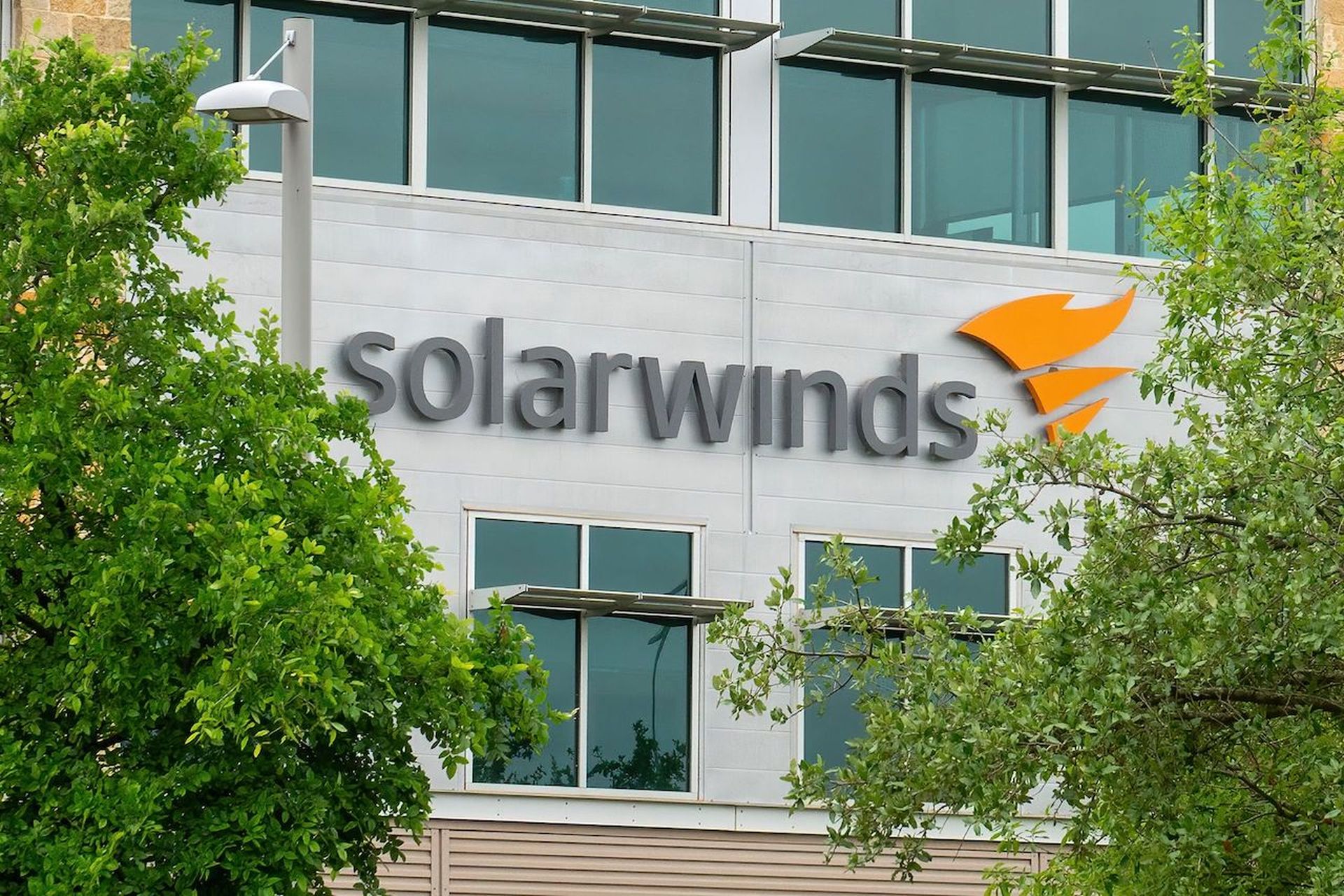Robert was well on his way growing his startup to a viable commercial enterprise thanks to his “Founders” financing among his family, friends and his own resources. However, like so many startups, Robert was running out of cash. While his customer base was steadily growing, his monthly expenses (“burn rate”) was exceeding his monthly revenues –- forcing him to use up capital faster than he had planned from his initial capital raise.
Robert realized that he needed to raise more capital to expand his operations and achieve his profitability goals. Robert is not alone. Successful startups need to raise capital through a series of external capital raise stages. Robert could potentially need five major capital raises, or more, to realize the full potential of his company. There are five major funding stages before you can plan on exiting through an IPO.
First — Founders Funding Stage
The earliest stage of funding in a new company comes so early in the process that it is not generally included among funding rounds. Known as Founders funding, this stage typically refers to the period in which a company’s founders are launching their operations. The most common funders are the founders themselves, as well as close friends, family and supporters.
Second –- Seed-Funding Round
Seed-funding is the first official equity/debt funding stage. It typically represents the first official money that a business venture raises. Think of “seed” funding as an analogy for planting a tree.

This early financial support is ideally the “seed” that will help to grow the tree (the business). Seed-funding helps a company to finance its first steps, including market research, product prototypes and proof of concept. With seed-funding, a company can fund its final product development, identify target markets and the team to complete these tasks.
Many potential investors include founders, friends, family, incubators, venture capital companies and “angel” investors. These groups tend to appreciate riskier ventures (startups with little proven track records). However, they expect either convertible debt or equity in the startup in exchange for their investments.
While seed-funding rounds vary significantly in the amount of capital they generate for a new company, it’s not uncommon for these rounds to generate from $200,000 to $2 million for the startup in question. Many startups raising seed capital are valued between $1.2 million to $6 million.
Third –- Series A Funding Round – “Optimization Stage”
Once a business has developed a track record (an established customer base, or consistent revenue streams), the founders may want to continue raising money to optimize their customer target markets, products and service offerings. In a Series A funding round, it is important to have a strong Strategic Business Plan for developing a business model that will generate long-term profits. Typically, Series A rounds raise approximately $2.5 million to $25 million or more due to the high-tech industry valuations.
Series A funding investors are looking for companies that can produce long-term profits and maintain both a competitive advantage and strong bench strength in its management ranks. Fewer than half of all successful seed-funded companies will attract the attention of Series A investors because of weaknesses in those three areas.
Fourth –- Series B Funding Round — “Building Stage”
Series B rounds are all about taking a successful business past the optimization stage to the next level — expanding its market reach. Companies that have gone through Founders, Seed and Series A funding rounds have developed substantial customer bases and have proven to the investment community, that they are prepared for success on a larger scale.
Building a successful product and growing a winning team requires quality talent. Such talent is responsible for bulking up business development, advertising, technology, and customer support. Success in these areas is critical in this stage.
Series B funding appears similar to Series A funding in terms of processes and key players. Series B funding is often led by many of the same players as in the earlier round, who include a lead anchor investor who helps draw in other investors. The difference between Series A investors and Series B investors is the addition of a new wave of venture capital firms or private equity firms that specialize in the “Building Stage” of funding.
Estimated capital raised in a Series B round tends to be between $25 million and $100 million or more. Valuations for these well-established companies varies between $100 million and $250 million or more.
Fifth –- Series C Funding Round –- “Scaling Stage”
Businesses that make it to a Series C funding stage are very successful. These companies look for more funding to help them develop new products, additional services, to expand into new markets, and to acquire other companies. In this stage of funding, investors inject significant capital focusing on “scaling” the company, growing it as quickly and as successfully as possible.
Investors’ expectations are to receive more than double their investments when they exit the firm. One of the fastest scaling strategies is M&A –- particularly acquisitions. This strategy can accelerate market reach by purchasing companies in North America, Europe and Asia.
Since Series C round companies typically have reached target customers coast to coast in the U.S., inorganic growth (buying companies) is less costly than organic growth (generating additional sales from existing customers) once an enterprise reaches critical mass.
Series C funding groups, hedge funds, investment banks, private equity firms and large secondary market groups become the major investors. They believe that the company is less risky, therefore more investors come to play.
Most commonly, a company will end its external equity funding with Series C funding. However, some companies can go on to Series D and even Series E rounds of funding. But, generally Series C funding rounds can generate hundreds of millions of dollars to scale globally. Many of these companies utilize Series C funding to help boost their valuations in anticipation of an IPO (Initial Public Offering). Companies at this stage enjoy valuations of $100 million or even into the billions.
Potential IPO?
Therefore, Series A, Series B, and Series C funding rounds, refer to growing a business through a progressive amount of funding rounds designed to focus on specific company objectives. Series A, B, and C funding rounds are merely stepping stones in the process of turning a successful startup into a commercially viable firm, potentially leading to an IPO.
The time it will take Robert to navigate these five funding stages (assuming he wants too and can attract investors for each round) is unpredictable. Some companies can be very successful after only a “seed” round or a Series A, or even sub-Series A1 or A 2 with smaller raises. But, for most entrepreneurs, they will need four or five large rounds of funding before they can reach for an IPO.
Gary Miller ([email protected]) is the CEO of GEM Strategy Management Inc., an M&A consulting firm advising middle-market private business owners. Read more of Miller’s blogs here.




